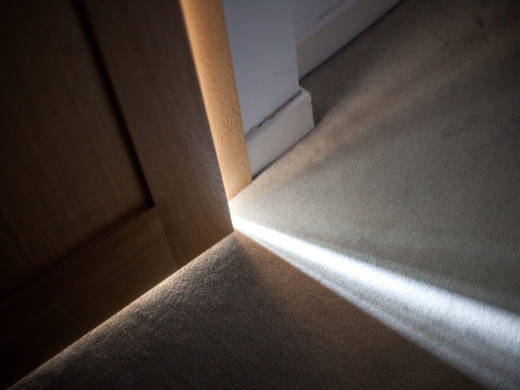Even before Florence Nightingale advised that hospitals be designed to let daylight in, people observed that sunshine helps keep you healthy. But there was not much research to explain why that's the case, especially inside buildings.
Researchers at the University of Oregon set up a study of dusty, dollhouse-size rooms to compare what happens in rooms exposed to daylight through regular glass, rooms exposed to only ultraviolet light and those kept dark. They used a mix of dust collected from actual homes in the Portland area and let the miniature rooms sit outdoors while keeping the insides at a normal room temperature.
After 90 days (because that's how long dust can hang around, even if you vacuumed), they sampled the dust and analyzed the types of bacteria present.
What they found surprised them and confirmed what your grandmother already knew: Rooms exposed to daylight have fewer germs. In fact, the study showed that the lit rooms had about half the viable bacteria (those that are able to grow), compared with dark rooms. Rooms that were exposed only to UV light had just slightly less viable bacteria than ones exposed to daylight. Their research was published Wednesday in the journal Microbiome.
Since we spend so much time indoors, the new research could give insights into the relationship between air quality and light. "I think it's a novel study because they looked at the effect of visible light, and they were also looking at real bacterial communities and real household dust," says Linsey Marr, a professor of civil and environmental engineering at Virginia Tech who specializes in indoor air quality and was not involved with this study.

9(MDAxOTAwOTE4MDEyMTkxMDAzNjczZDljZA004))